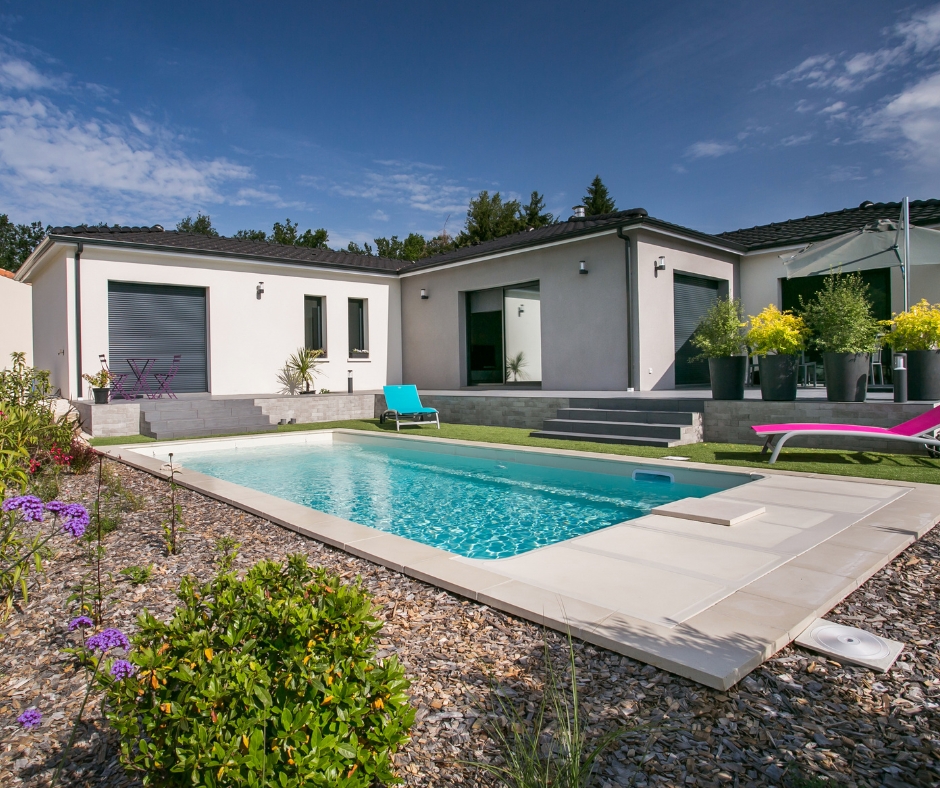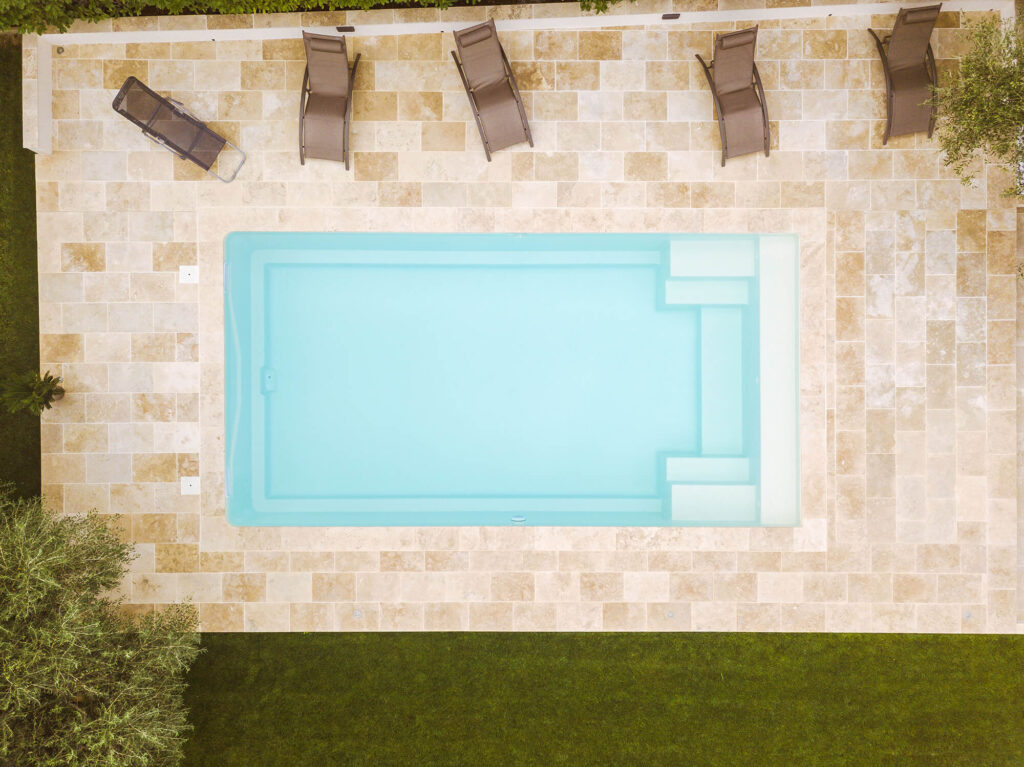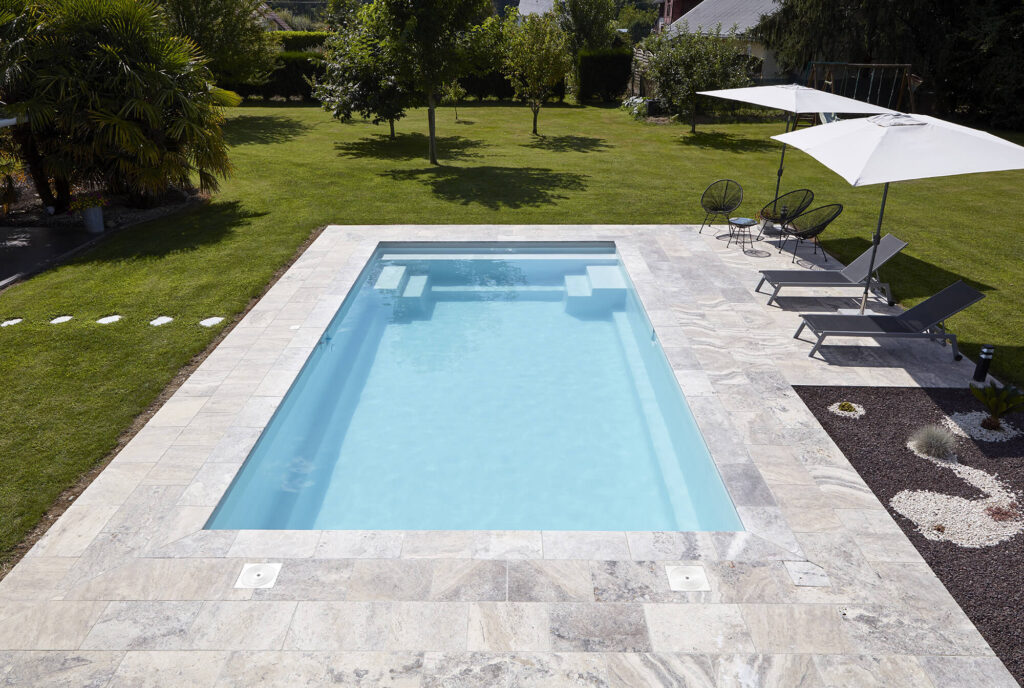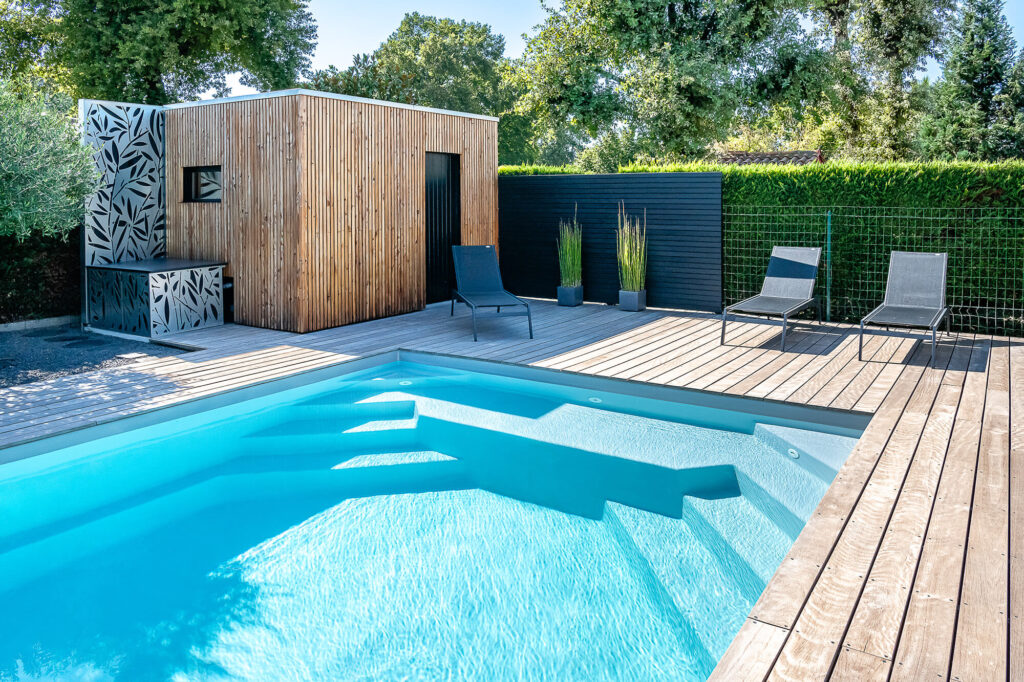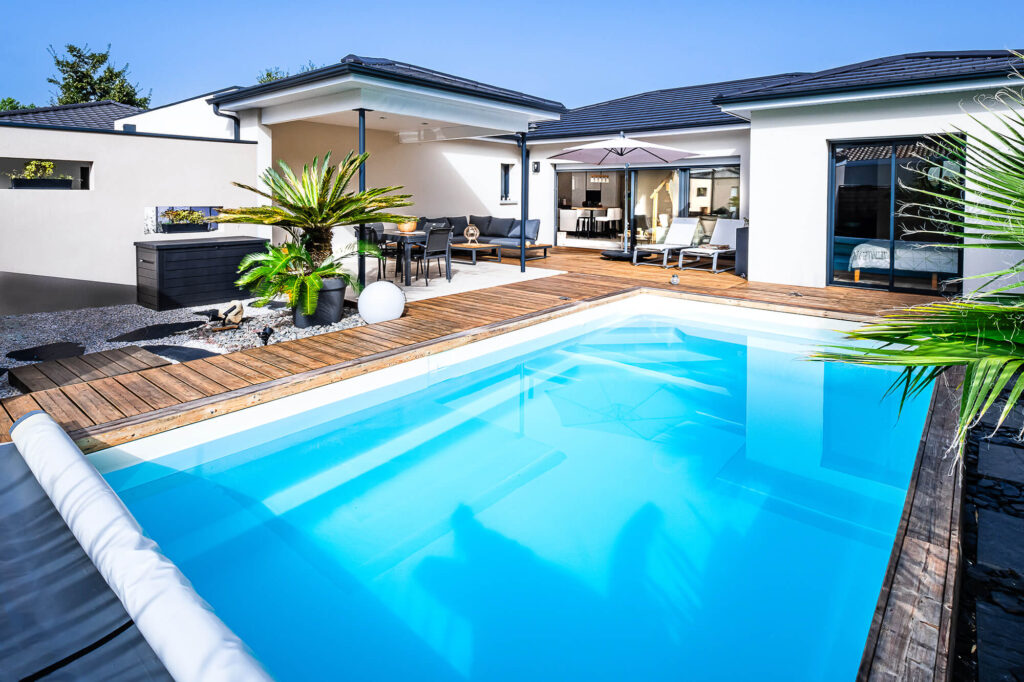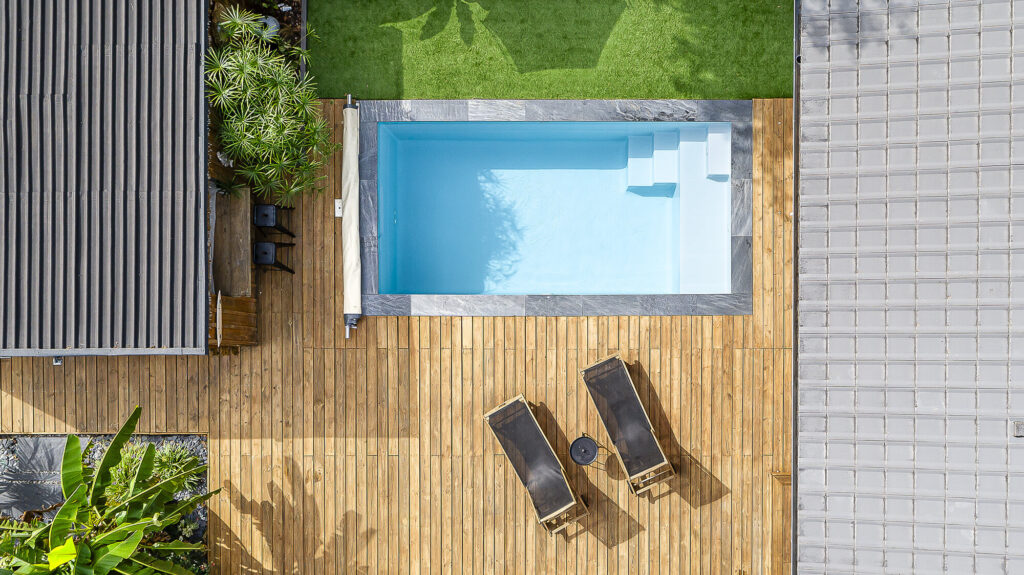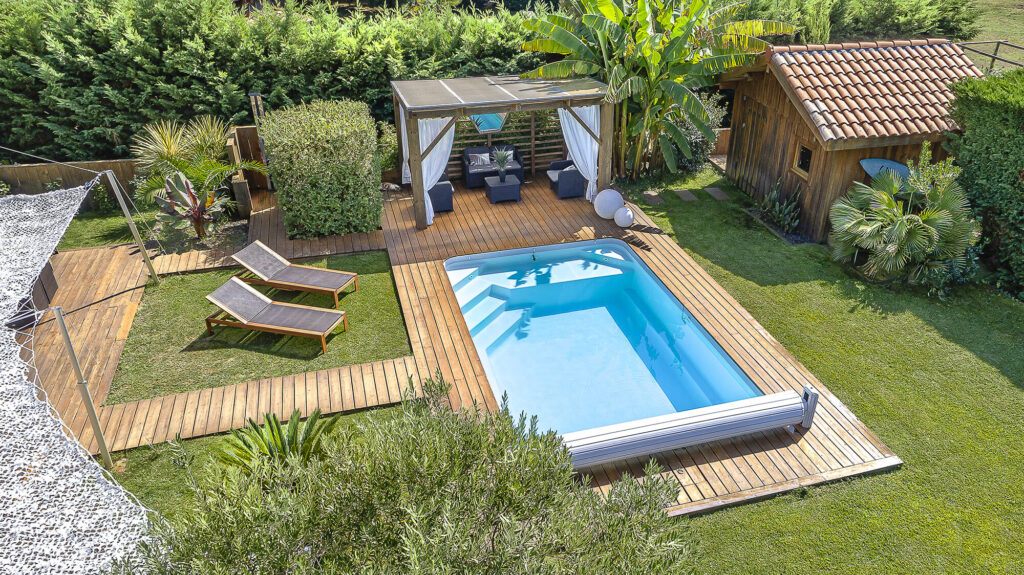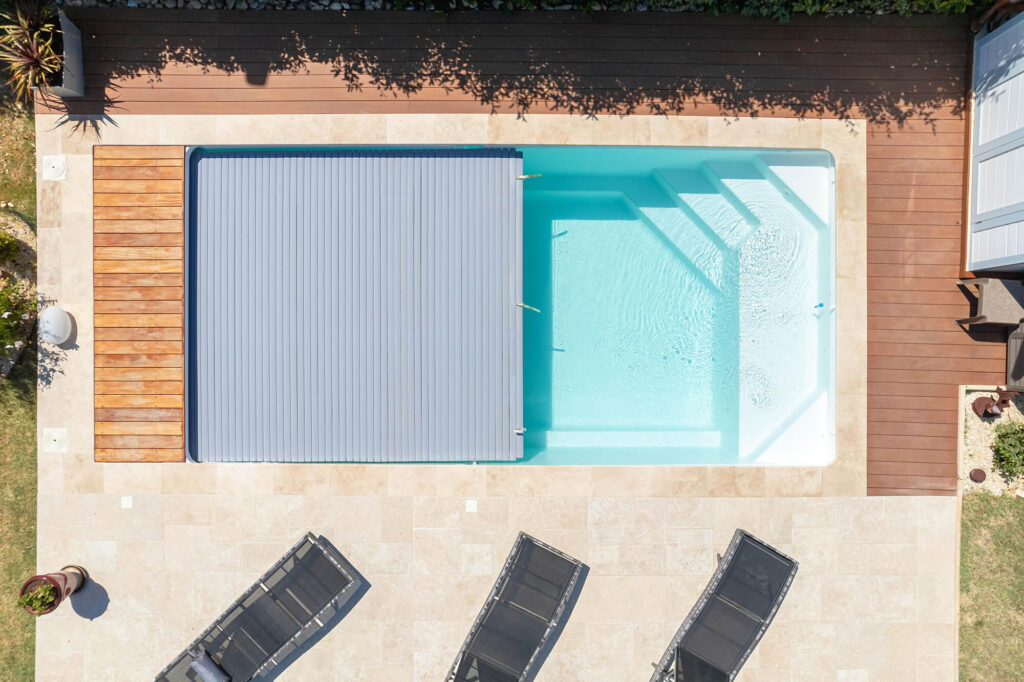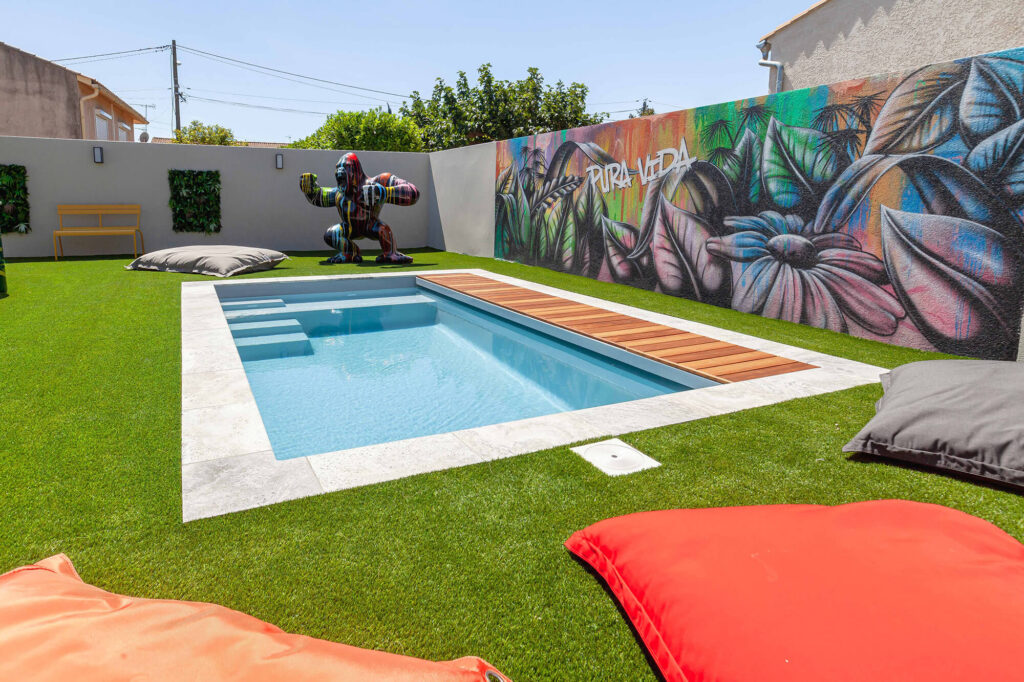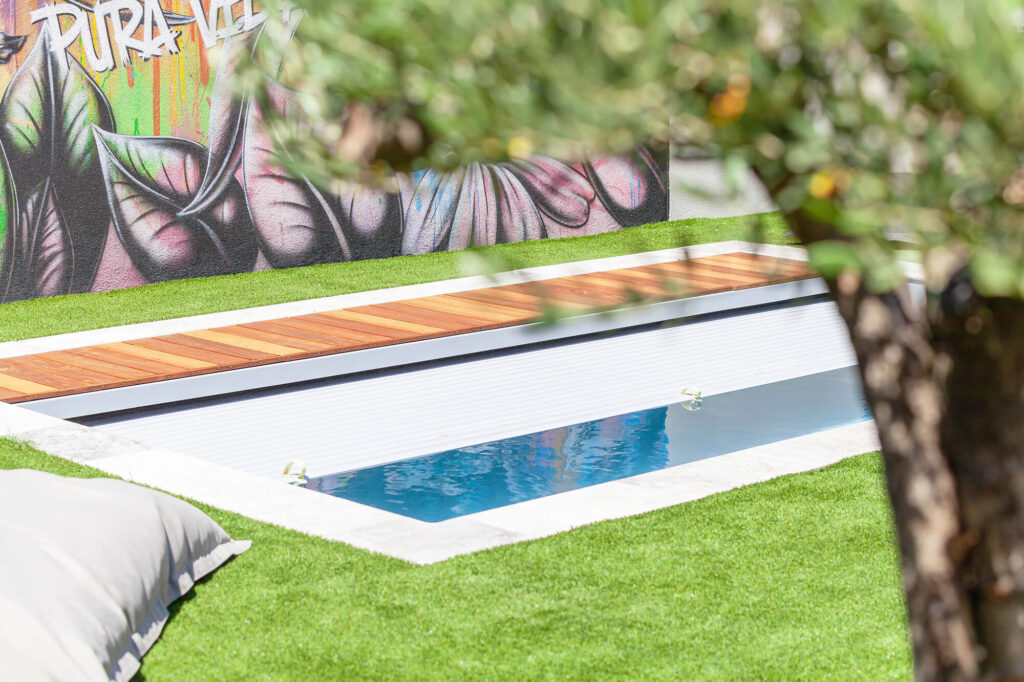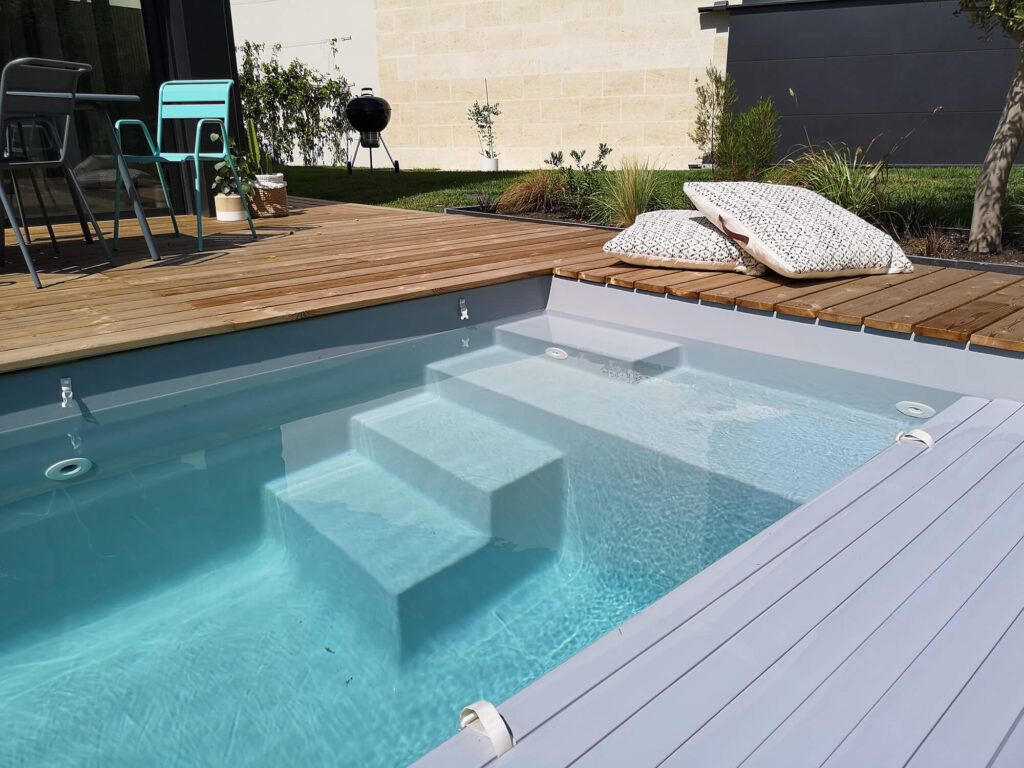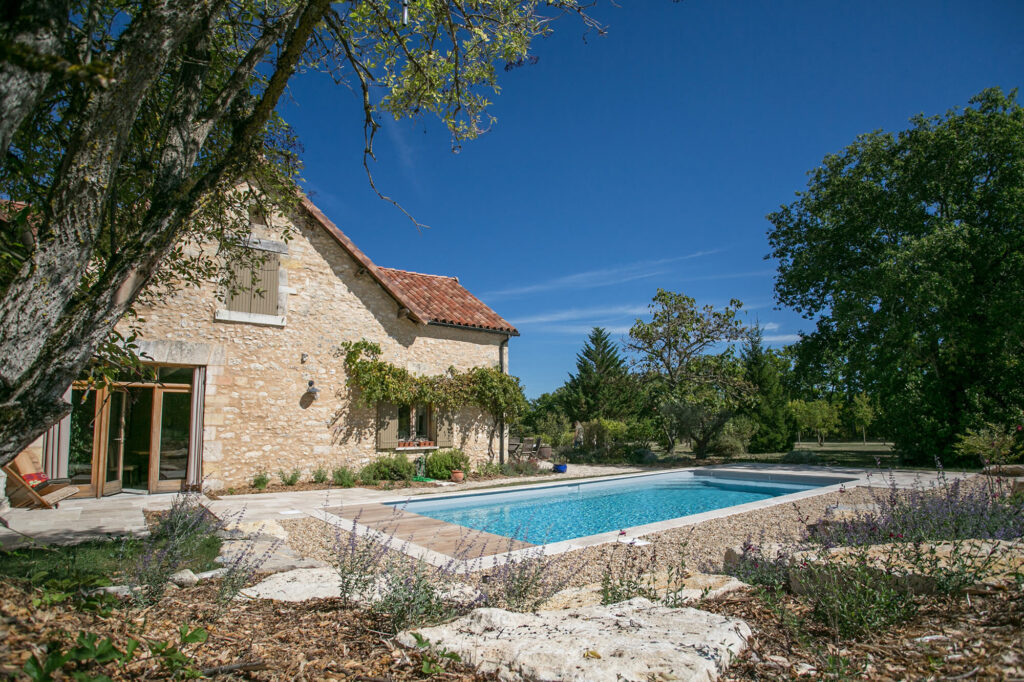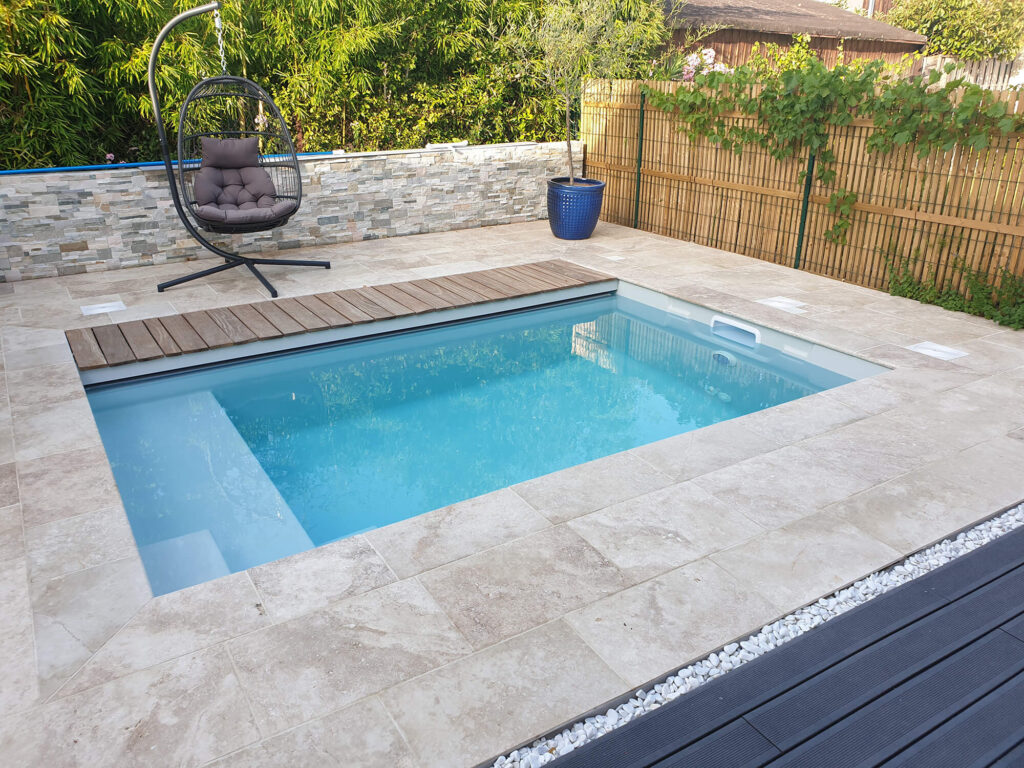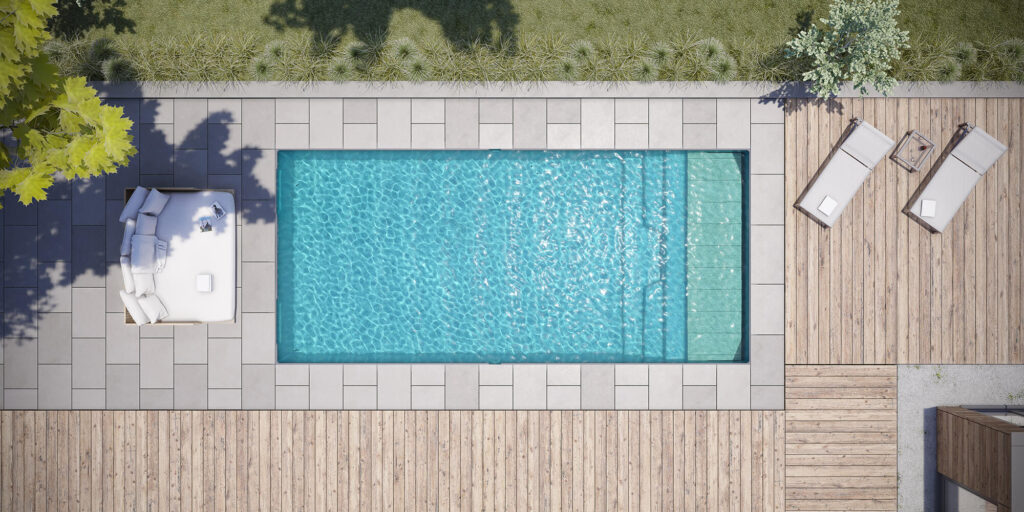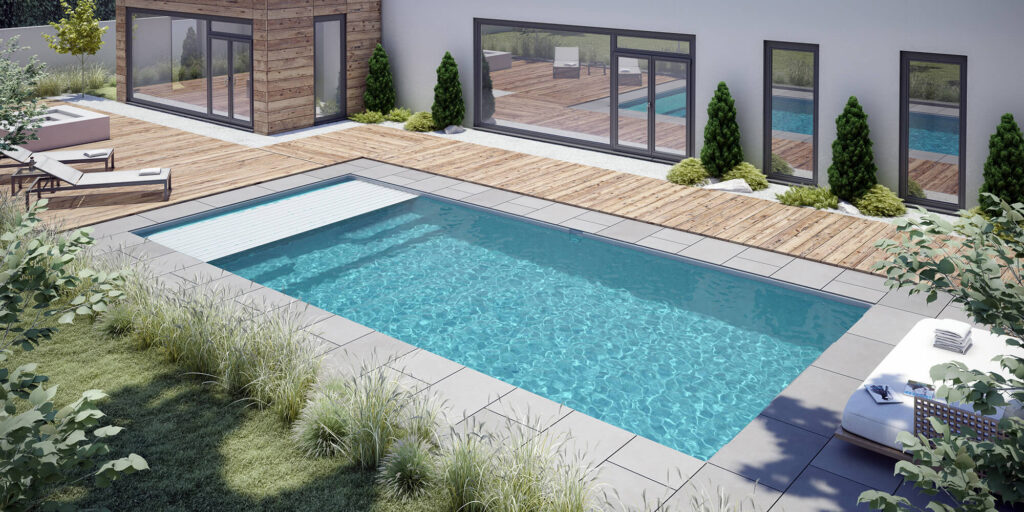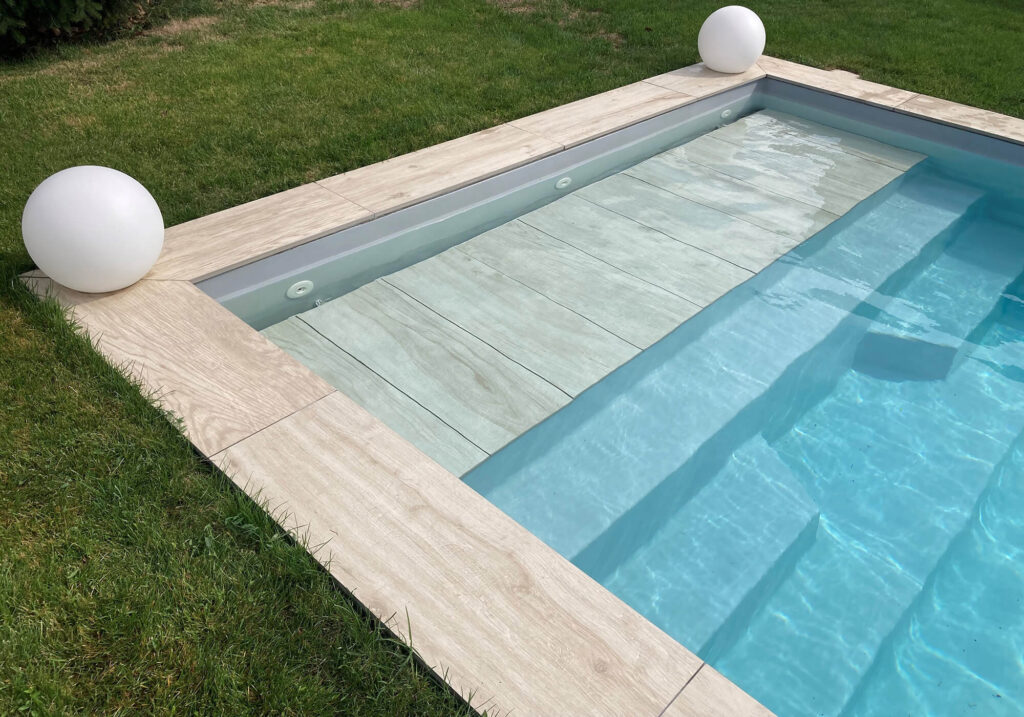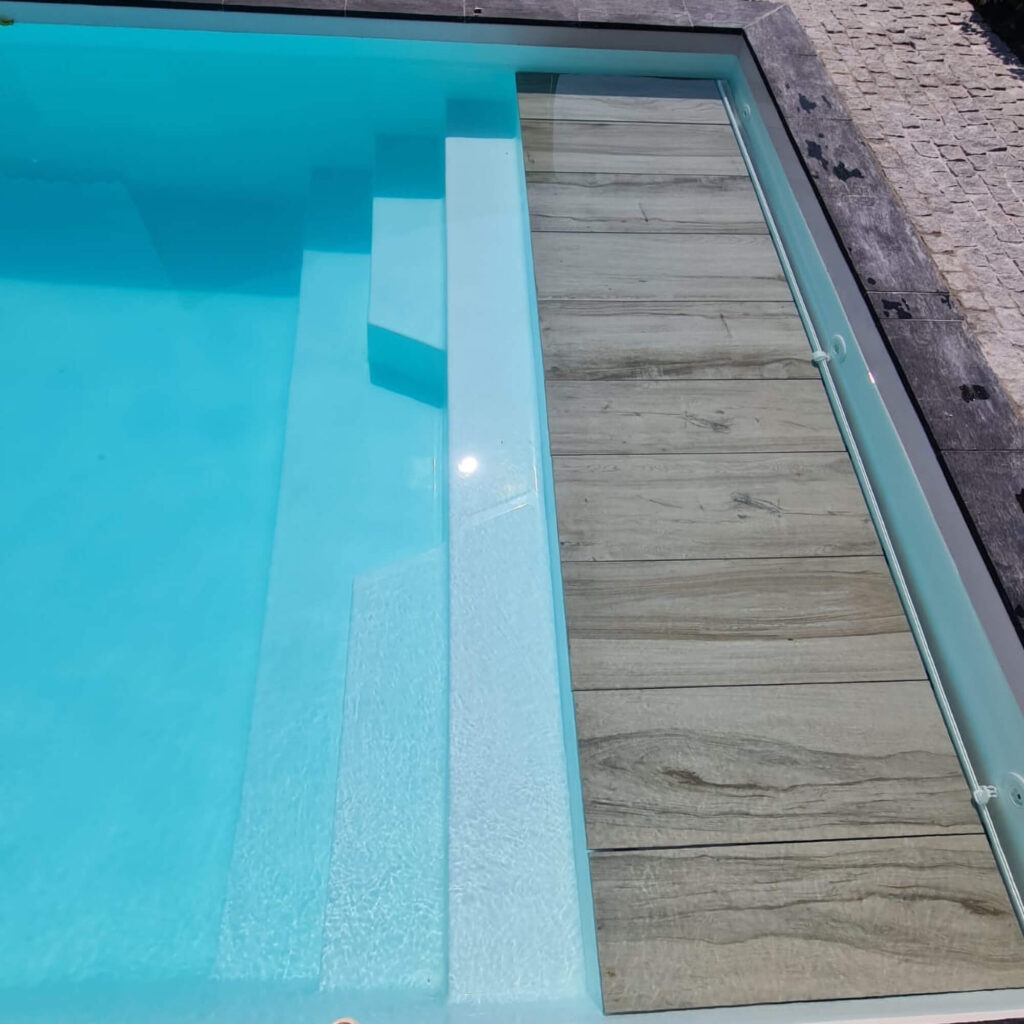The project of purchasing a shell or buried swimming pool remains without a doubt one of the most coveted and advantageous investments today. The swimming pool market has even grown considerably, giving many households the opportunity to benefit from it.
On the other hand, it is not a project that should be taken lightly. While it is synonymous with added value for the value of your home once it is on your land, it can also be the complete opposite if it is poorly done.
So, how do you choose the different types and shapes of your future swimming pool so that it fits perfectly into your garden?
Choosing the style of your pool
You have discovered hundreds of swimming pool models. Infinity pool, above-ground pool, kit, buried, in-ground, wooden or steel, polyester shell ... Which pool should you choose for your garden?
Construction techniques for your swimming pool
First, define the type of pool you want between:
– Industrialized swimming pool models : polyester shell swimming pool or swimming pool with steel/concrete panels;
– Models of swimming pools built on site : poured or sprayed concrete swimming pool, concrete block swimming pool, kit swimming pools, in-ground swimming pools, etc.
Industrialized swimming pools have multiple advantages including a significantly better quality/price ratio compared to swimming pools built on site. In addition to the price of the swimming pool , in the case of swimming pools with work on site, the mason's estimate must be taken into account.
Polyester pool shells are a guarantee of quality since they are manufactured in the factory from a mold. They therefore arrive ready to be installed in a single block at your home and this step only takes four days . While an in-ground pool, for example, is dependent on the work on the site, the weather and the professionalism of the mason who installs it.
What shape should you choose for your swimming pool?
Once you have chosen the type of pool, you must define the dimensions and shape it will take. Indeed, while the color of the gel coat of your pool does not change, the size, structure and depth of the pool vary depending on how you want to use it. They should therefore not be neglected.
The size of your pool
Are you more of a small pool for relaxing, a large pool for working out with friends or a swimming lane for training for running?
If you are hesitant, whether it is because of its use or because of your budget, know that installing a swimming pool requires certain procedures depending on its size . If you want a mini-pool (pool of less than 10m²), you will not need a building permit.
In other cases, you will need the agreement of your local council. Restrictive certainly, but these pools will greatly increase the aesthetics and, consequently, the value of your home.
The structure of your swimming pool
Now you need to define the structure of your pool. Among these, there are two types:
– Heavy structures : cast or sprayed concrete;
– Lightweight structures : polyester or steel shell.
The former are known for their solidity and durability, but shell pools are serious competitors thanks to their practical and economical aspect.
Also define the shape that your pool will take on your land. Among the most common, we find:
– The “rectangular” shape: classic and timeless;
– The “bean” shape: to separate children from adults and create several swimming areas;
– The “oval” shape: perfect for juggling lengths and calm circulation around the pool;
– “Free form”: atypical and is only defined by the shape of your land.
Bottom, depth and coating of your swimming pool
And what about the bottom of your pool ? Do you prefer it flat or inclined? Conditioned by use, comfort, maintenance/heating budget and safety, the decision of these two criteria is crucial.
So, if your pool installation is for family use, opt instead for a shell of 1m20 (flat bottom) or 1m20 to 1m80 (sloping bottom and mini pit). Avoid large baths that go up to 2m40.
If your investment is of a sporting nature, prefer the deep end for diving. If you do aquabiking, it will be a 1m20 shell or a mini pit. Otherwise, any type of bottom is possible as long as the length of your pool is sufficient.
Next, it is important to think about the visual aspect of your pool. The choice of color of your shell pool is crucial to create a harmonious atmosphere in your garden. Finally, the interior coating of your pool is also fundamental, both from an aesthetic point of view (color and appearance) and technical (waterproofing). The coating can be independent (liner, polyester, coating, etc.) or dependent (tiles, paint). The difference between these two lies mainly in their ability to hold the water.
Choosing the right equipment for your pool
You have chosen your swimming pool model . That's perfect! However, you must also take into account a few elements before construction that will allow your investment to be kept in good condition, but also that will ensure additional added value.
Your pool maintenance equipment
Do you think that maintenance is only something to consider once the pool is installed? Know that for optimal comfort, everything can be anticipated, even maintenance. If you want to swim as soon as your pool is installed, the filtration system must already be in place.
In addition, this filtration system , whether sand, cartridge, bag, diatomaceous earth or glass, must adapt to the dimensions of your pool. It is therefore accompanied by treatments with oxidizing products such as chlorine to prevent microbes and algae and preventive products such as pH. If this is not done, your pool risks quickly turning green .
Other options and facilities for your swimming pool
In addition to this, also think about securing your pool . Mandatory since 2006, 4 safety devices must be put in place for the different models of pools:
– The swimming pool barrier;
– The pool alarm;
– The pool cover and shutters;
– The pool shelter.
Also install a technical room near your pool to store all your water maintenance and safety equipment. Also, if you wish, add a garden shed for your boards, noodles and accessories for your children's swimming.
You therefore have many decisions to make for your project, but which will, once these are made, provide you with comfort and quality that meet your expectations.
Configure your pool online Back to all news